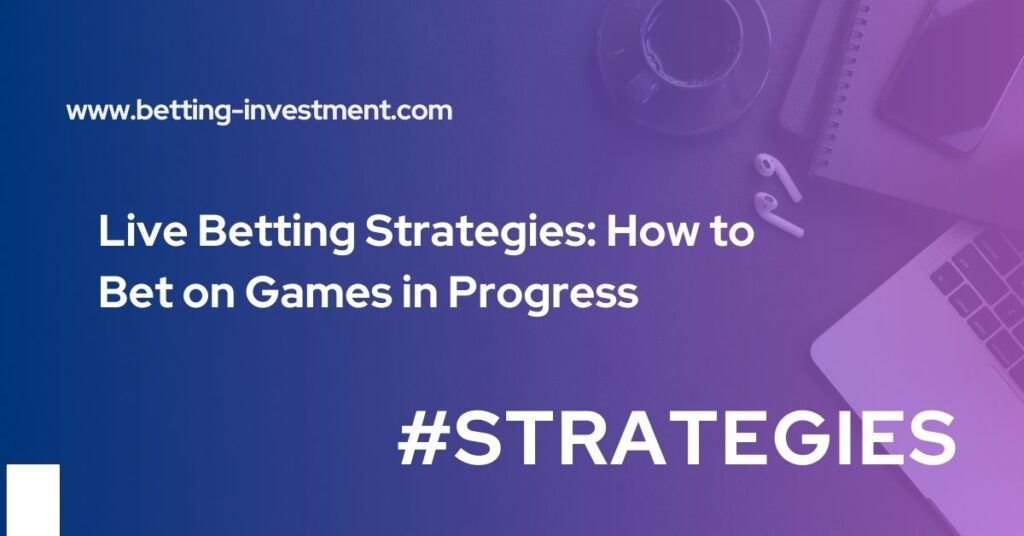In the world of sports, predicting future outcomes has always been a tantalizing challenge. With the rise of data analytics, enthusiasts and professionals alike are turning to historical data to gain an edge. By analyzing past performances, trends, and patterns, one can make informed predictions about future sports events. This article will delve into the methods and strategies used to harness historical data effectively, offering insights into how you can leverage this information to anticipate sports outcomes.

Understanding the Importance of Historical Data
Why Historical Data Matters
Historical data serves as the backbone of sports analytics. It provides a comprehensive record of past performances, allowing analysts to identify trends and patterns. This data is crucial because:
- It offers a baseline for comparison.
- It helps in understanding the context of current performances.
- It reveals patterns that might not be immediately obvious.
Types of Historical Data
To predict future outcomes, it’s essential to understand the different types of historical data available:
- Player Statistics: Includes individual performance metrics such as goals scored, assists, batting averages, etc.
- Team Performance: Encompasses win-loss records, point differentials, and other team-based metrics.
- Game Conditions: Factors like weather, location, and time of day that could influence performance.
- Injury Reports: Historical injury data can indicate a player’s likelihood of future injuries.
Analyzing Historical Data for Predictive Insights
Data Collection and Preparation
Before diving into analysis, it’s crucial to gather and prepare your data:
- Source Reliable Data: Utilize reputable sources such as official league databases, sports analytics websites, and historical archives.
- Clean the Data: Remove any inconsistencies or errors to ensure accuracy.
- Organize the Data: Structure the data in a way that facilitates easy analysis, such as using spreadsheets or databases.
Identifying Patterns and Trends
Once the data is prepared, the next step is to identify patterns and trends:
- Trend Analysis: Look for long-term trends in player or team performance.
- Pattern Recognition: Use statistical methods to identify recurring patterns, such as a team’s performance in certain weather conditions.
- Correlation Analysis: Determine if there are any correlations between different variables, such as player fatigue and performance.
Advanced Analytical Techniques
For more in-depth analysis, consider employing advanced techniques:
- Regression Analysis: Helps in understanding the relationship between different variables and predicting outcomes.
- Machine Learning Models: Utilize algorithms to identify complex patterns and make predictions based on historical data.
- Simulation Models: Run simulations based on historical data to predict future outcomes under various scenarios.
Applying Historical Data to Predict Future Outcomes
Building Predictive Models
Creating a predictive model involves several steps:
- Define the Objective: Clearly outline what you want to predict, such as the winner of a match or the total points scored.
- Select Relevant Variables: Choose the most relevant historical data points that influence the outcome.
- Train the Model: Use historical data to train your model, ensuring it can accurately predict outcomes.
- Validate the Model: Test the model with new data to ensure its accuracy and reliability.
Real-World Applications
Predictive models based on historical data have numerous real-world applications:
- Betting and Gambling: Bettors use predictive models to make informed wagers.
- Fantasy Sports: Participants leverage data to draft and manage their fantasy teams effectively.
- Team Strategy: Coaches and managers use predictions to devise game strategies and make roster decisions.
Limitations and Considerations
While historical data is a powerful tool, it’s essential to be aware of its limitations:
- Unpredictable Variables: Factors like player injuries or sudden weather changes can impact outcomes.
- Data Quality: Inaccurate or incomplete data can lead to faulty predictions.
- Overfitting: Models that are too complex may not generalize well to new data.
Enhancing Predictions with Additional Data Sources
Incorporating Real-Time Data
To improve prediction accuracy, consider integrating real-time data:
- Live Game Statistics: Use data from ongoing games to adjust predictions.
- Social Media Trends: Analyze sentiment and trends on platforms like Twitter for additional insights.
- Weather Updates: Incorporate real-time weather data to account for changing conditions.
Leveraging Expert Opinions
Expert opinions can provide valuable context to your predictions:
- Analyst Insights: Consider insights from sports analysts and commentators.
- Historical Comparisons: Use expert analyses of past games to inform predictions.
Utilizing Technology and Tools
Modern technology offers numerous tools to aid in data analysis:
- Data Visualization Software: Tools like Tableau or Power BI can help visualize complex data sets.
- Statistical Software: Programs like R or Python offer robust statistical analysis capabilities.
- Predictive Analytics Platforms: Platforms like IBM Watson or Google Cloud AI provide advanced predictive analytics features.
Reflective Insights on Predicting Sports Outcomes
Predicting sports outcomes using historical data is both an art and a science. While data provides a solid foundation, intuition and experience play crucial roles in making accurate predictions. As technology continues to evolve, the integration of artificial intelligence and machine learning will further enhance our ability to predict sports outcomes with greater precision.
Incorporating historical data into your prediction strategy requires a balance of analytical skills and domain knowledge. By understanding the nuances of the sport and leveraging the right data, you can gain a competitive edge in predicting future outcomes. Remember, while data can guide you, the unpredictable nature of sports always leaves room for surprises, making it an exciting and dynamic field to explore.


